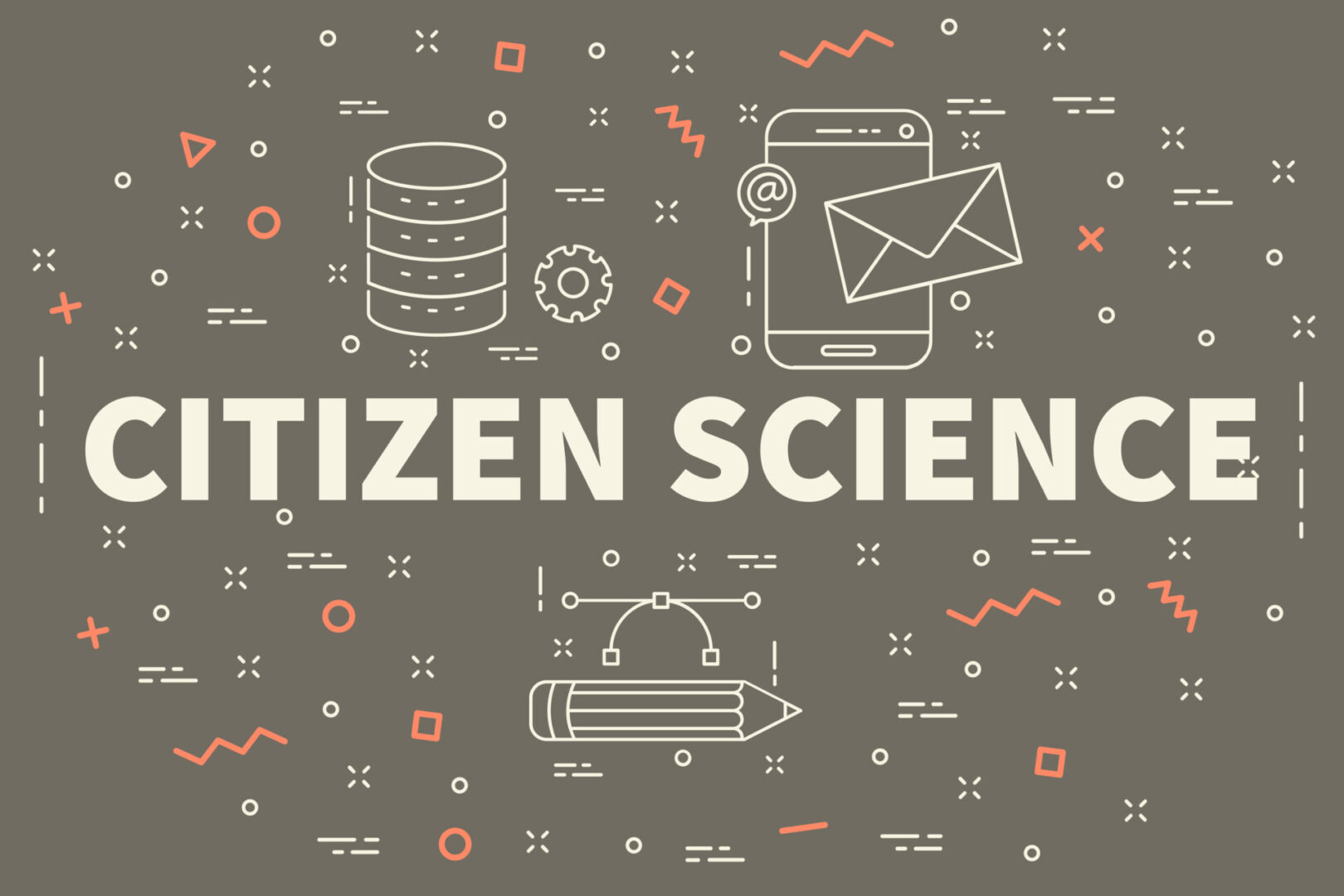Citizen Science

Citizen science uses the collective efforts of communities and the pubic to identify research questions, collect and analyze data, interpret results, and develop technologies and applications – all with the sole purpose to understand and solve environmental issues.
Citizen science projects are activities sponsored by a wide variety of organizations for non-scientists to meaningfully contribute to scientific research. Typically, any work produced or data collected by an citizen/amateur scientist is verified by a professional scientist before published or utilized by an official agency.
Here are some guidelines to become a citizen scientist:
- iNaturalist: One of the quickest and effective ways you can contribute to research as a citizen scientist is with iNaturalist. This application allows you to start exploring nature and share your identifications with others on the application for their insight and verification.
- ISeeChange: This application allows you to track local shifts in weather, plants blooming, bird migrations, and other natural phenomena. These observations are essential for understanding how climate change and other related occurrences are affecting our environment.
- SciStarter: This website helps connect citizen scientists with project they might be interested in across an array of fields.
- NASA Citizen Science: Interested members of the public can help the National Aeronautics and Space Administration (NASA), based in the U.S.A., make scientific discoveries in a variety of fields including Geology, Ecology, Oceanography and Astronomy.
- Citizen Scientist: The public participates voluntarily in the scientific process, addressing real-world problems in a variety of social and scientific areas. Check out the searchable database for projects. This program is managed by the U.S. government.
- Refer to “Additional Resources” for websites and organizations that offer citizen science program.
